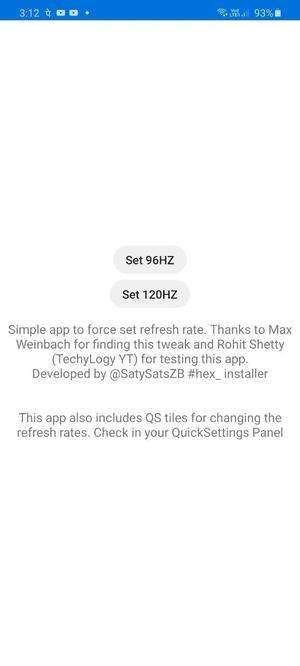Discord began its journey in 2015 as a chat service that primarily focused on gamers, providing VoIP services to supplement real-time strategies in MOBAs. Over the years, the service has solidified its place as a chat platform, and it has also emerged as a good alternative to IRC. Discord as an app and service allows users to create different servers for a dedicated umbrella topic, and then create different channels within the server for further topic bifurcation. Users can then talk to each other within these channels, and you can keep track of the expected conversation topics within the channel. Discord has been growing in popularity recently, adding in features like displaying game activity to friends, AMOLED dark theme, temporary muting, slash commands, QR Code logins, and more. The latest Discord alpha reveals that the app is working on a collaboration with Pokémon GO, as well as surfacing helpful COVID-19 channels to more users through the Discover feature.
Pokémon GO – Discord Collaboration
Discord v16 alpha 7 is working on a possible collaboration with Pokémon GO, as these strings suggest:
<string name="invite_pokemon_go_announcements_label_long">Get latest announcements for Pokemon GO raids in Los Angeles!</string>
<string name="invite_pokemon_go_announcements_label_short">Get latest announcements</string>
<string name="invite_pokemon_go_friendship_label_long">Make new friends who are also passionate about Pokemon GO in your area!</string>
<string name="invite_pokemon_go_friendship_label_short">Make new friends</string>
<string name="invite_pokemon_go_strategy_label_long">Share tips and strategy so you can train the strongest Pokemon!</string>
<string name="invite_pokemon_go_strategy_label_short">Share tips and strategy</string>Pokémon GO is working on bringing the ability to explore the virtual map and participate in Raid Battles from your home, in light of the health advisories issued for COVID-19. This proposed change presents an interesting problem for Niantic to tackle. Pokémon GO, so far, has avoided implementing any means of P2P communication within the game (which in our opinion is a good thing if the Ingress COMM experience is any benchmark). Thus, players had to rely on bumping into other players at Raid Battles, and then sharing contact/IM details with each other at their discretion.
With the Raid Battle experience moving from outdoors to indoors, this opportunity to communicate and work with other local players will be lost. 4-star and 5-star Raid Battles need teamwork to complete as they cannot be successfully completed by a single player working alone. If the strings found in Discord’s latest alpha are any indication, Discord is collaborating with Niantic to provide an IM medium outside of the game for players to communicate with each other. The strings suggest that the feature will first see a test in Los Angeles, where Niantic has an office. The Discord server will be local in nature, focusing on Raid Battle coordination primarily.
The thought to collaborate Pokémon GO with Discord is actually very good. Discord has plenty of VoIP features, which can help during short-manning Raid Battles. Users also need not share their personal identities on Discord, as the service uses usernames and numeric identifiers, unlike currently-popular alternatives like WhatsApp. It remains to be seen how Pokémon GO will handle Discord and its servers — whether there will be any integrations within the game, whether Niantic will create location-based regional servers or if users will be able to create regional servers and then submit it to Niantic. Niantic has not confirmed any aspect of this collaboration, but they did hint at something in their announcement post with this statement: “we’re enhancing our in-game virtual social features to enable players to stay in touch when they can’t meet in real life“. The final implementation remains to be seen.
COVID-19 – Server Discovery
The latest alpha also contains these new strings:
<string name="guild_discovery_covid_body">Visit the community-run Coronavirus Discord to talk about COVID-19, and head to [CDC.gov](%1$s) for more information.</string>
<string name="guild_discovery_covid_button">Visit COVID-19 Discord</string>
<string name="guild_discovery_covid_title">Stay safe and informed</string>These strings indicate that Discord will be making use of the Discover feature to direct users to visit the community-run COVID-19 server, where they can find more information on the topic.
Thanks to PNF Software for providing us a license to use JEB Decompiler, a professional-grade reverse engineering tool for Android applications.
The post Discord alpha hints at upcoming Pokémon GO collaboration, and surfacing COVID-19 channel appeared first on xda-developers.
from xda-developers https://ift.tt/3dK4p5a
via IFTTT









